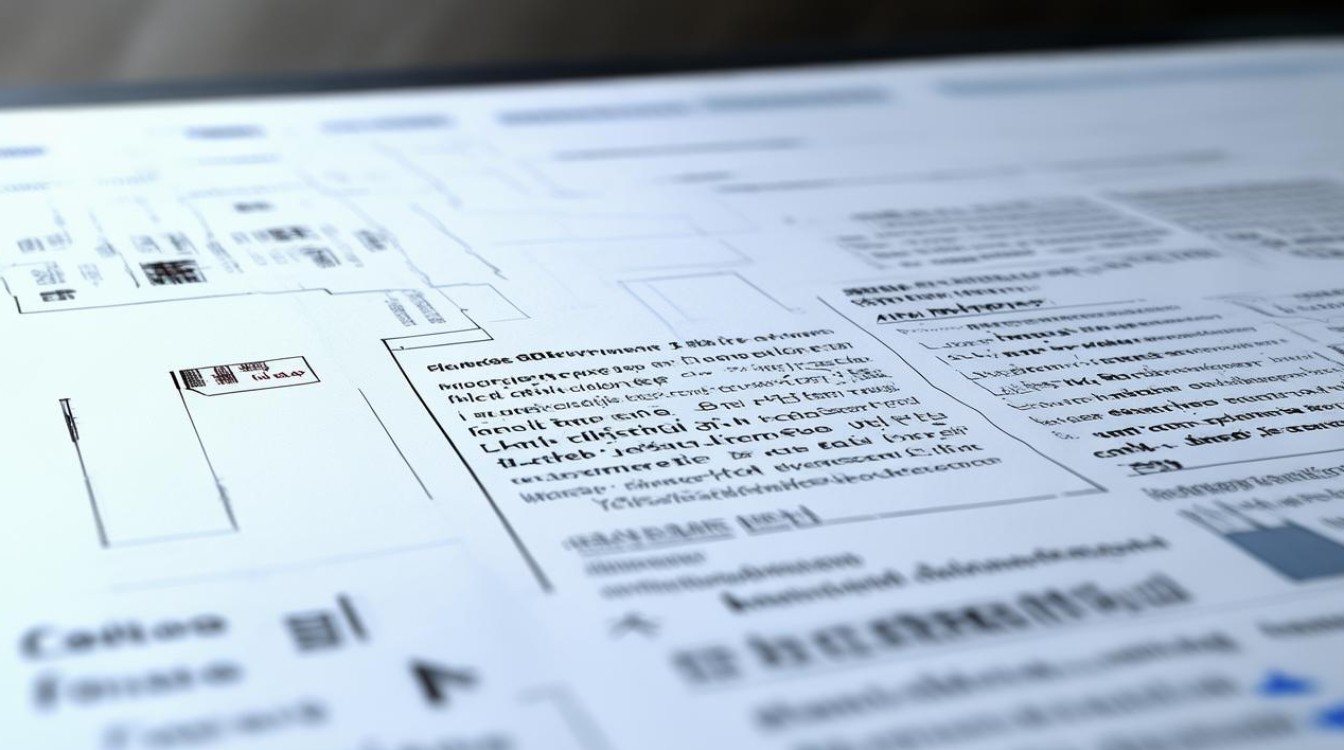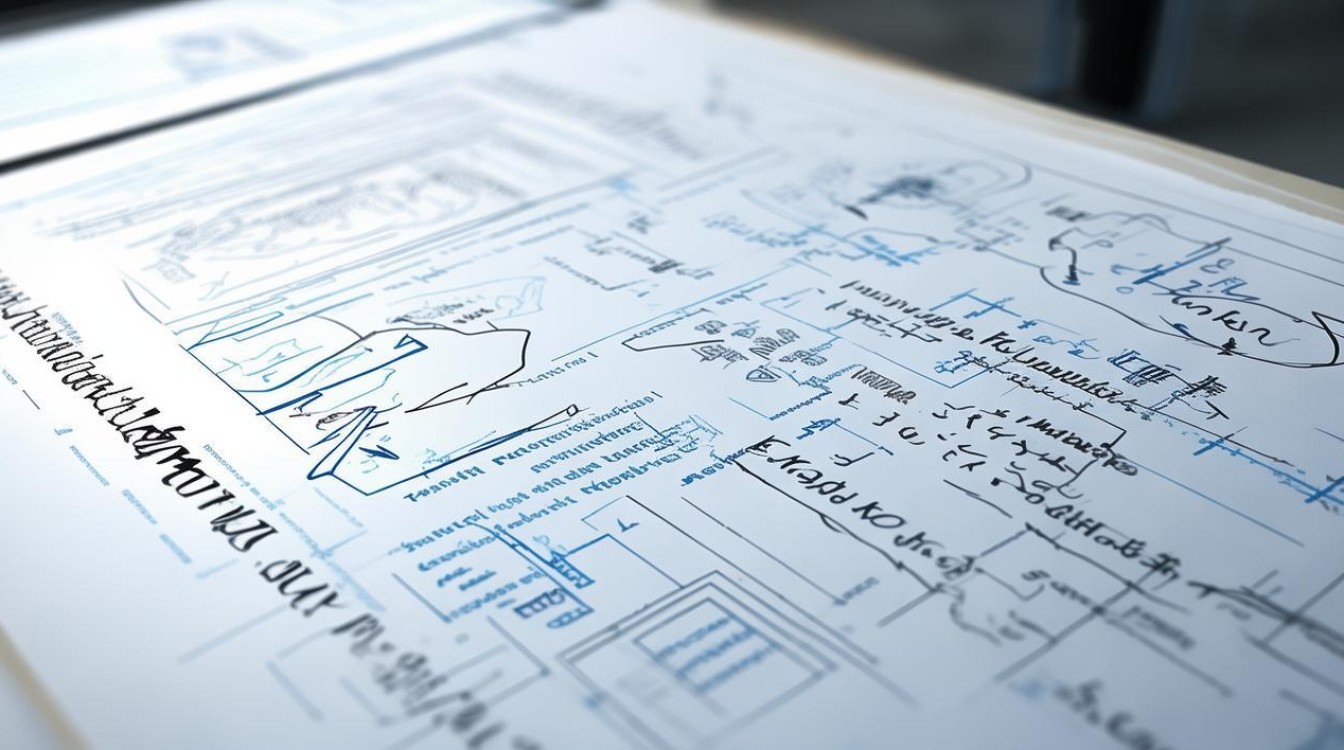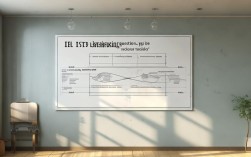在雅思听力考试中,方位词是高频考点,尤其在Section 1和Section 2中,涉及地图题、路线指引、场所描述等场景,掌握常见的方位表达不仅能提高答题准确率,还能帮助考生快速定位关键信息,本文系统梳理雅思听力方位词,并结合最新考试趋势和权威数据,提供实用备考建议。

基础方位词分类
静态方位词
指物体或地点的固定位置关系,常见词汇包括:
- Inside/Outside: 内部/外部
- Top/Bottom: 顶部/底部
- Front/Back: 前面/后面
- Left/Right: 左/右
- Center/Middle: 中心/中间
动态方位词
描述移动方向或路径,高频词汇有:
- Go straight: 直走
- Turn left/right: 左转/右转
- Cross: 穿过
- Pass by: 经过
- Head towards: 朝……方向前进
复合方位词
结合介词或副词,表达更复杂的位置关系:
- Next to: 相邻
- Opposite: 对面
- Between A and B: 在A与B之间
- At the corner of: 在拐角处
- On the other side of: 在另一侧
最新考试趋势与数据
根据2023年雅思全球官方报告(IELTS Annual Review 2023),地图题在听力Section 2的出现频率较往年提升12%,其中方位词错误率占考生失分点的27%,以下是近两年高频方位词统计(数据来源:Cambridge IELTS 16-18真题分析):

| 方位词 | 出现频率(%) | 常见题型 |
|---|---|---|
| Opposite | 18% | 地图标注、选择题 |
| Behind | 15% | 场所布局描述 |
| Next to | 22% | 配对题、填空题 |
| On the corner of | 12% | 街道地图题 |
| Go straight ahead | 10% | 路线指引 |
易混淆方位词辨析
考生常因发音或词义相近而误判方位,需重点区分以下表达:
-
Beside vs. Besides
- Beside(介词):在……旁边(方位)
例:The café is beside the library. - Besides(副词):非方位词)
- Beside(介词):在……旁边(方位)
-
Through vs. Across
- Through:穿过立体空间(如隧道、人群)
例:Walk through the park. - Across:横穿平面(如马路、桥梁)
例:Go across the street.
- Through:穿过立体空间(如隧道、人群)
-
In front of vs. Opposite

- In front of:同一侧的前方
例:The statue is in front of the museum. - Opposite:相对的另一侧
例:The bank is opposite the supermarket.
- In front of:同一侧的前方
实战技巧与真题案例
地图题解题步骤
- Step 1: 快速浏览地图,标注已知信息(入口、地标)。
- Step 2: 听录音时注意方位词+参照物的组合,如“the shop to the left of the fountain”。
- Step 3: 排除干扰项,如“the path originally planned was changed to the right side”。
真题示例(剑桥雅思17 Test 1 Section 2):
“The new playground is located between the car park and the picnic area, opposite the toilet block.”
解析:答案需同时捕捉“between”和“opposite”两个方位词。
路线指引题关键词
- 顺序提示词: First, then, finally
- 转折提示词: But, however, actually(常暗示方向变更)
权威备考资源推荐
-
官方材料
- Cambridge IELTS 16-18:收录最新地图题及方位词考点。
- IELTS Official Practice Materials:提供方位词专项练习。
-
在线工具

- 英国文化协会(British Council)官网的互动地图题练习。
- IELTS Liz 视频教程:解析方位词发音陷阱。
-
模拟训练建议
- 每日练习1-2篇地图题,强化“听音画图”能力。
- 使用Google Maps英文模式,模拟真实场景描述。
个人观点
雅思听力方位词的掌握离不开场景化训练,建议考生在备考时建立“方位词库”,结合真题反复打磨反应速度,关注英式与澳式发音差异(如“path”读作/pɑːθ/或/pæθ/),避免因口音问题误判关键信息。











